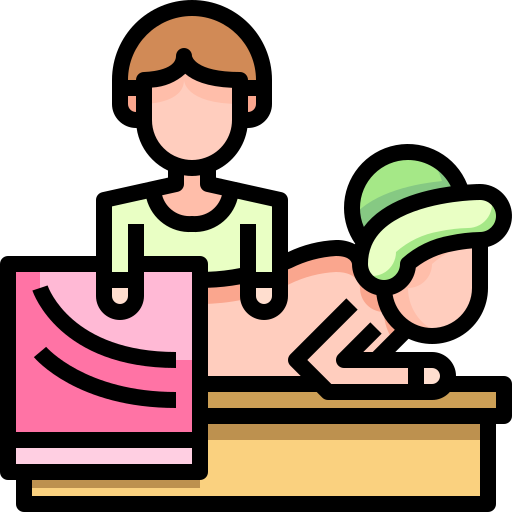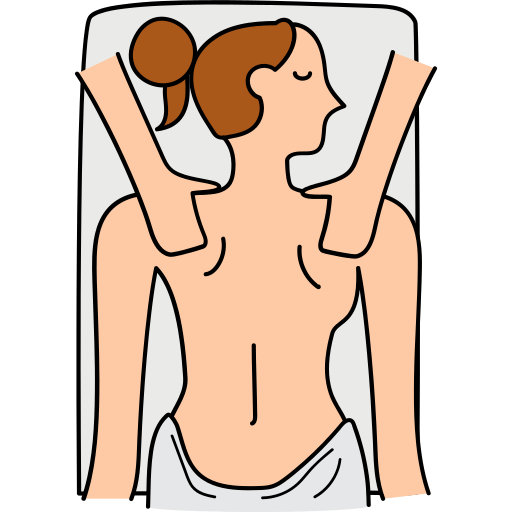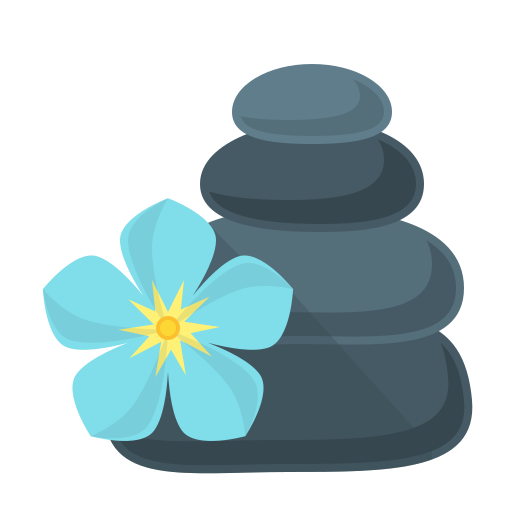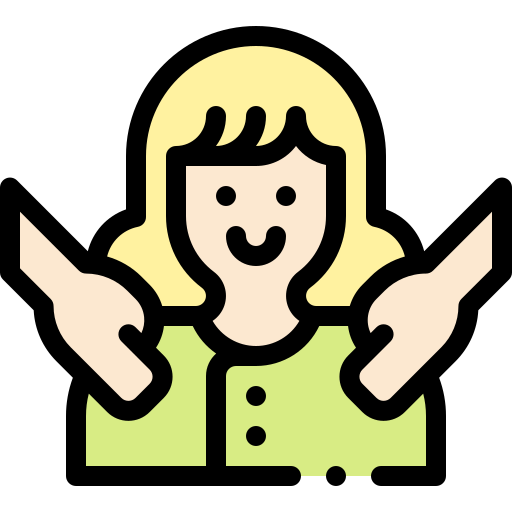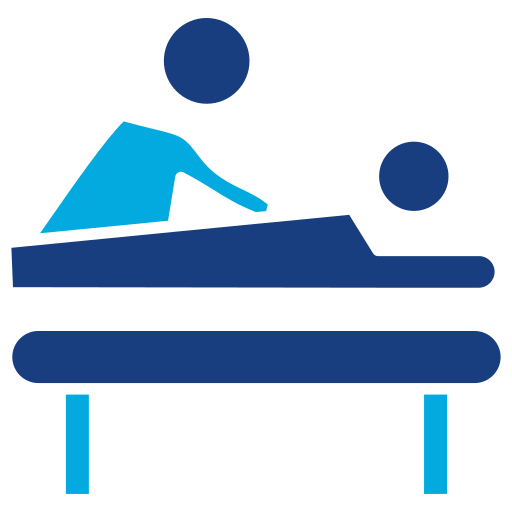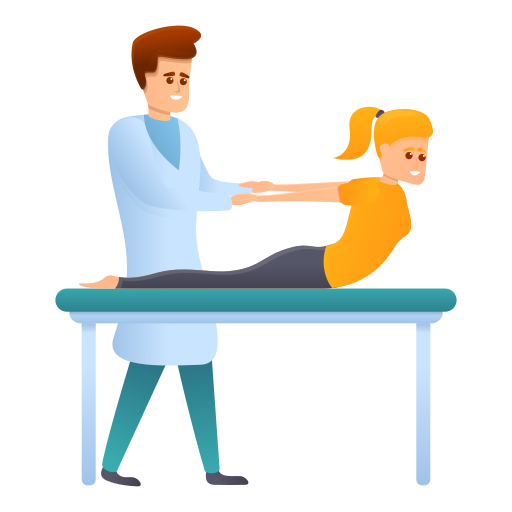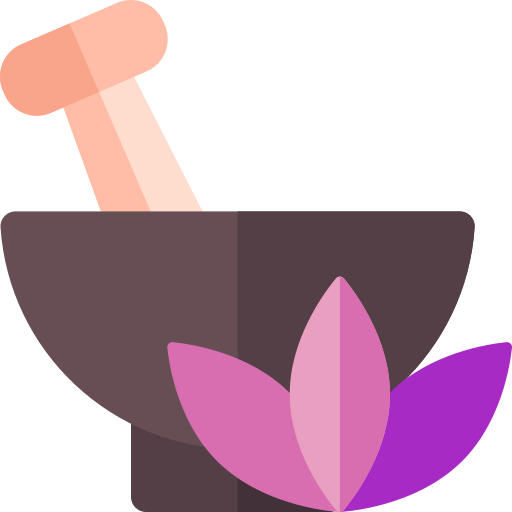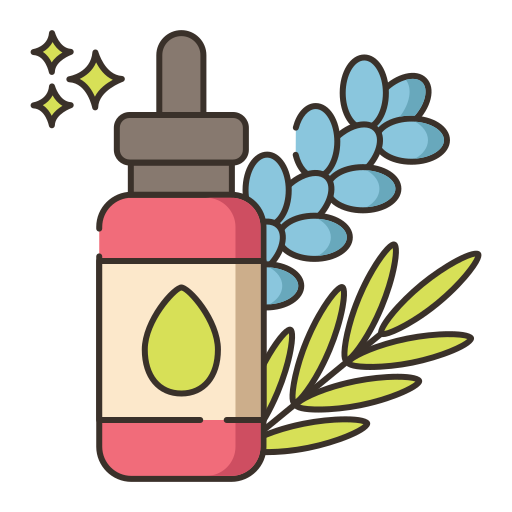 In the hustle and bustle of modern life, neck and shoulder tension has become a common complaint among people worldwide.
In the hustle and bustle of modern life, neck and shoulder tension has become a common complaint among people worldwide.
Whether it is due to long hours at a desk, the constant use of smartphones, or the stresses of daily life, the discomfort can be relentless.
Fortunately, neck shoulder massage in Canal Winchester and Reynoldsburg offer a therapeutic solution that not only alleviates pain but also provides a host of other benefits.
The Healing Touch | Understanding Massage Therapy :-
 Massage therapy is an age-old practice that involves manipulating the body’s soft tissues to promote health and well-being. When it comes to neck and shoulder massages, the focus is on relieving tension in these specific areas, which are often the repositories of stress.
Massage therapy is an age-old practice that involves manipulating the body’s soft tissues to promote health and well-being. When it comes to neck and shoulder massages, the focus is on relieving tension in these specific areas, which are often the repositories of stress. 
With changing times, massage has gone through several changes. A seamless combination of ancient practice and modern techniques has been the force behind the growing popularity of massage therapy.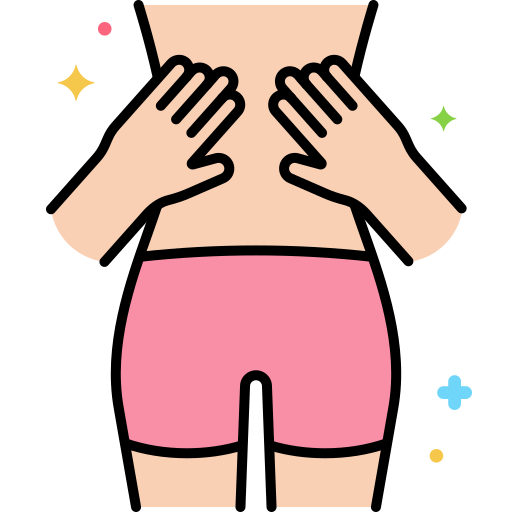
Massage therapy provides an impetuous to our monotonous life through tissue manipulation with the help of expert massage therapists. 
The Techniques Used in Neck Shoulders Massage :-
 Neck and shoulder massages are a popular way to relieve tension and stress. They can be performed in various settings, from a professional massage centre to the comfort of your home.
Neck and shoulder massages are a popular way to relieve tension and stress. They can be performed in various settings, from a professional massage centre to the comfort of your home.
Understanding the techniques used can enhance the effectiveness of the massage and provide greater relief. Here is an overview of some common techniques employed in neck and shoulder massages.
[1] Swedish Massage Techniques :
 (a) Effleurage :
(a) Effleurage :
This technique involves long, gliding strokes from the shoulders up to the neck and back down. It is usually the first and last technique applied in a massage session, used to warm up the muscles. And, eventfully, it helps to calm them down, promoting relaxation and circulation.
(b) Petrissage : 
This method includes kneading, rolling, and squeezing the muscles. It helps to increase blood flow to the area, remove waste products, and ease tension in the deeper layers of muscle tissue.
(c) Friction :
Using the fingers, friction is applied in circular or transverse movements. It generates heat and helps to break down adhesions or knots within the muscle fibres. It promotes blood circulation in a very effective way. 
[2] Deep Tissue Massage Techniques :
(i) Trigger Point Therapy : 
This involves applying direct pressure to specific points on the muscles known as trigger points. These are often areas of chronic tension that may also refer pain to in other parts of the body.
This technique helps to relax your body relieving storage tension.
(ii) Myofascial Release :
This technique focuses on releasing muscular shortness and tightness.
There are a number of conditions and symptoms that myofascial release therapy addresses, making it an effective technique for those with chronic shoulder and neck pain. 
[3] Other Techniques :
(a) Acupressure :
Similar to acupuncture, but without the needles, acupressure applies pressure to specific points on the body. This technique releases muscle tension and promotes blood circulation. ![]()
(b) Mobilizations : 
Gentle movements and stretches are used to increase the range of motion in the neck and shoulder area. This can be particularly beneficial for those with stiffness or mobility issues.
 (c) Skin Rolling :
(c) Skin Rolling :
As the name suggests, this technique involves rolling the skin. The process helps loosen the fascia, the connective tissue that surrounds the muscles.
(d) Shiatsu :
![]() A form of Japanese bodywork, shiatsu involves rhythmic pressure along the body’s energy pathways, known as meridians. This ancient technique helps to promote energy flow and relaxation.
A form of Japanese bodywork, shiatsu involves rhythmic pressure along the body’s energy pathways, known as meridians. This ancient technique helps to promote energy flow and relaxation.
7 Key Benefits of Neck and Shoulder Massages :
(α) Tension Relief : 
The primary benefit of neck and shoulder massages at Canal Winchester and Reynoldsburg is the reduction of muscular tension, stiffness, and pain in these areas.
This relief is achieved through various massage strokes that increase blood flow, loosen tight muscles, and release trapped nerves.
(β) Improved Mobility :
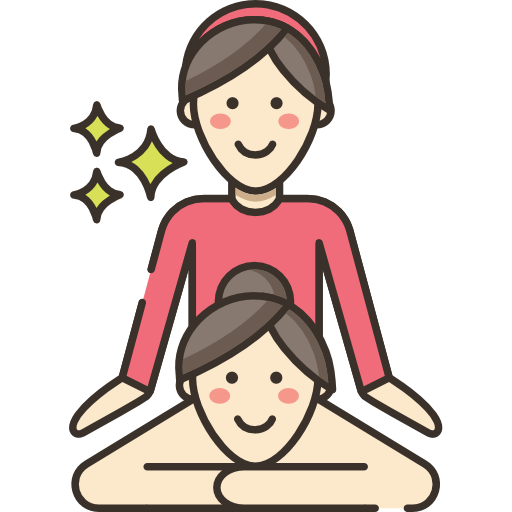 Regular massages can significantly improve flexibility and range of motion in the neck and shoulders. This is particularly beneficial for those who experience stiffness or limited movement due to sedentary lifestyles or certain health conditions.
Regular massages can significantly improve flexibility and range of motion in the neck and shoulders. This is particularly beneficial for those who experience stiffness or limited movement due to sedentary lifestyles or certain health conditions.
(γ) Stress Reduction :
Neck and shoulder massages are known for their ability to reduce stress levels and promote relaxation. The soothing strokes and pressure applied during the massage trigger the release of endorphins, the body’s natural feel-good hormones, leading to a state of calmness and well-being. 
(δ) Better Posture :
Many people suffer from poor posture due to prolonged sitting and technology use. Massages can help correct this by relaxing and lengthening the muscles that have become shortened and tight. It can encourage a more natural and healthy posture. 
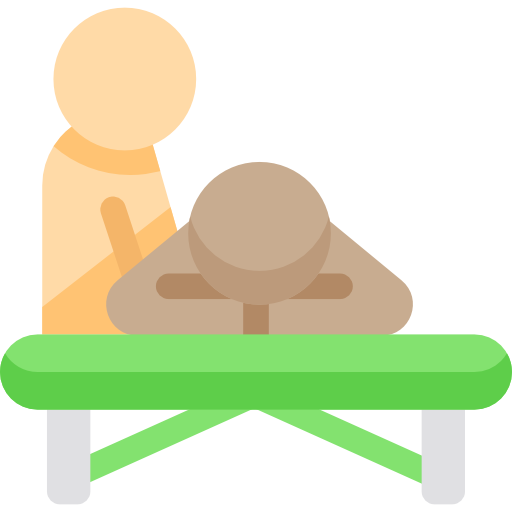 (ε) Enhanced Circulation :
(ε) Enhanced Circulation :
The manipulation of soft tissues during a massage enhances blood circulation which brings fresh oxygen and nutrients to the muscles and promotes healing. The overall body feels invigorated and energetic.
(ζ) Headache Relief :
Tension in the neck and shoulders can often lead to tension headaches. Massage therapy can alleviate these headaches by addressing the root cause of the tension. 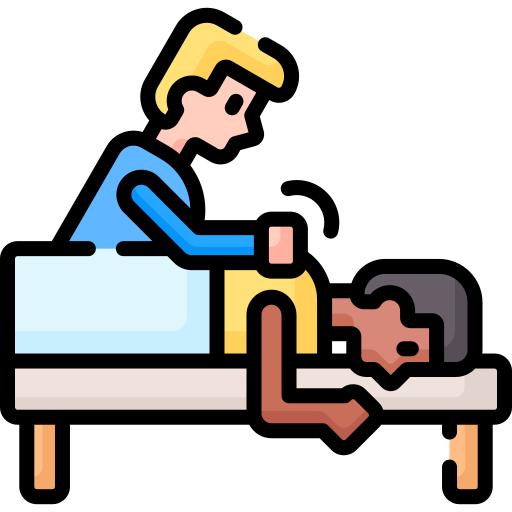
 (η) Improved Sleep Quality :
(η) Improved Sleep Quality :
The relaxation induced by a good massage can lead to better sleep patterns. This is especially helpful for those who have trouble falling asleep or staying asleep due to discomfort or stress. 
Choosing the Right Massage : 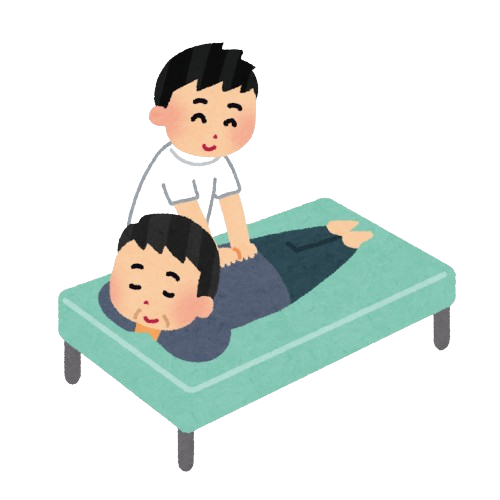
When seeking out a neck and shoulder massage, it is important to consider the type of massage that best suits your needs. 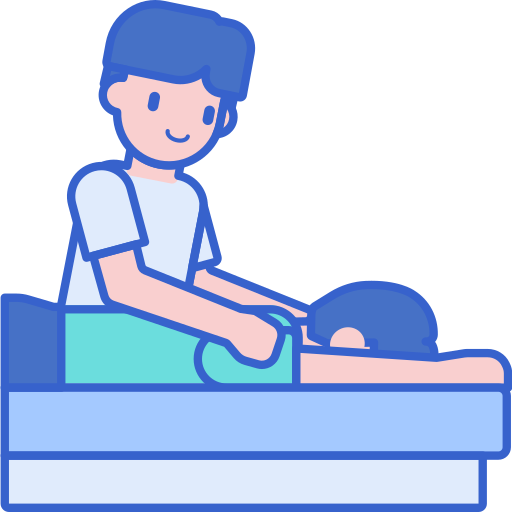
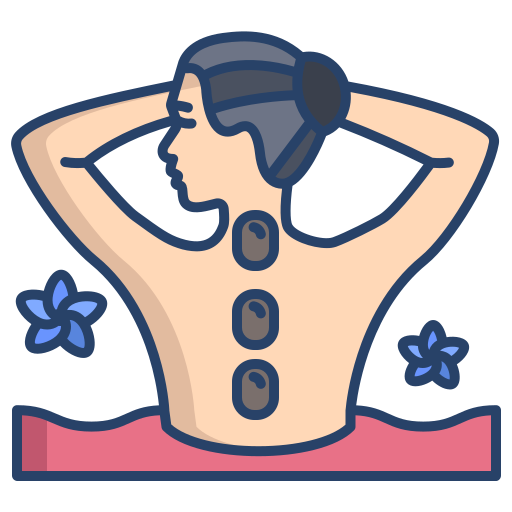 Swedish massage is known for its gentle approach, making it ideal for relaxation and stress relief. Deep tissue massage, on the other hand, is more intense and can be more effective for chronic pain and tension.
Swedish massage is known for its gentle approach, making it ideal for relaxation and stress relief. Deep tissue massage, on the other hand, is more intense and can be more effective for chronic pain and tension.
Neck and shoulder massages offer a simple yet effective way to manage stress, improve physical health, and enhance overall quality of life. By incorporating regular massages into your self-care routine, you can enjoy the myriad benefits they provide. So next time you are feeling the weight of the world on your shoulders, consider booking an appointment at Happy Massage . 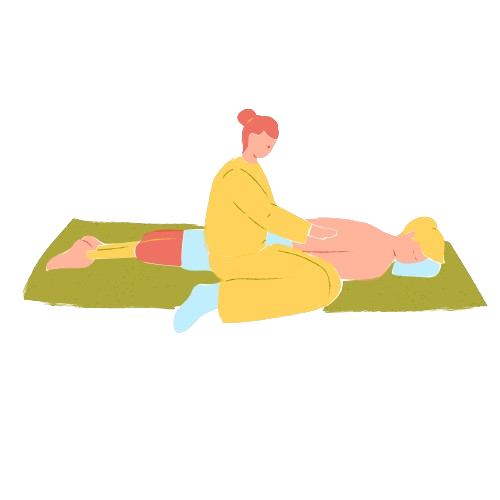
I do have extensive experience and expertise in offering client-oriented massages like Swedish massage, Deep Tissue Massage, and Front and Back Massage in Canal Winchester and Reynoldsburg.
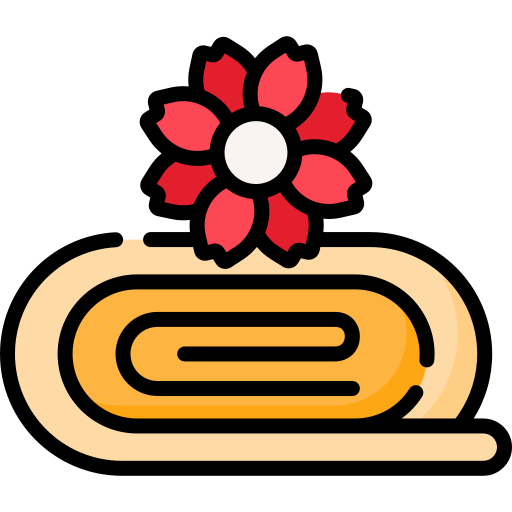
I will make sure you have the best massage experience once you come to my massage center. After the massage, not only you thank me but your body and mind will thank you.

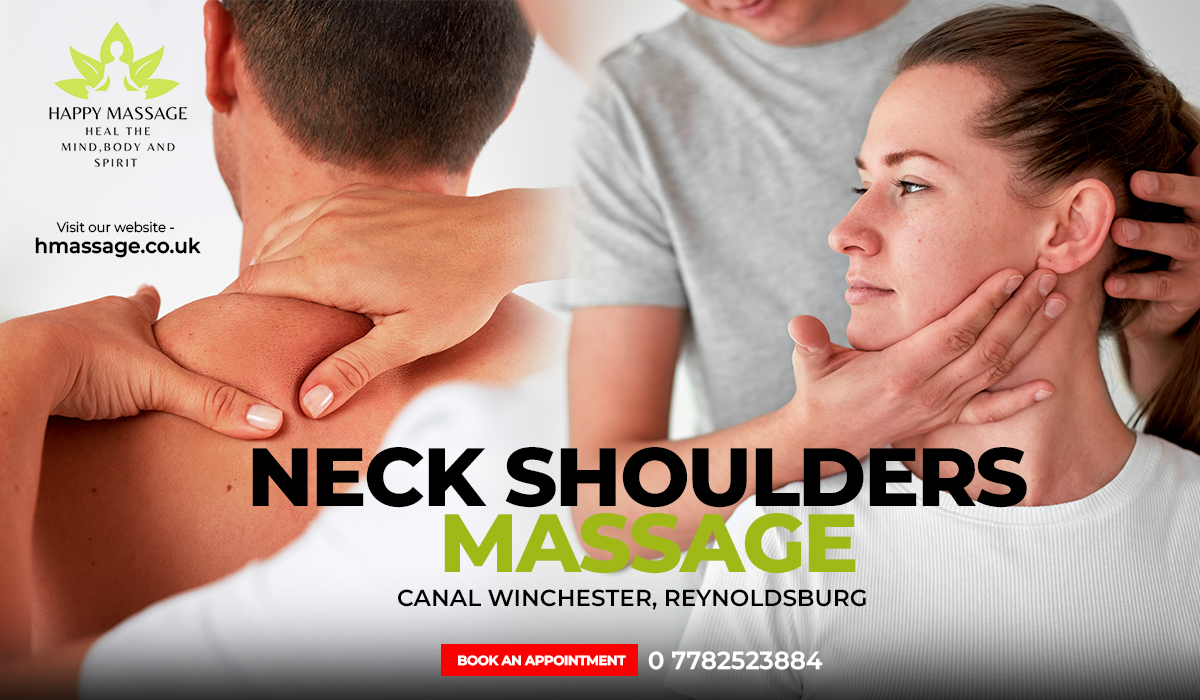
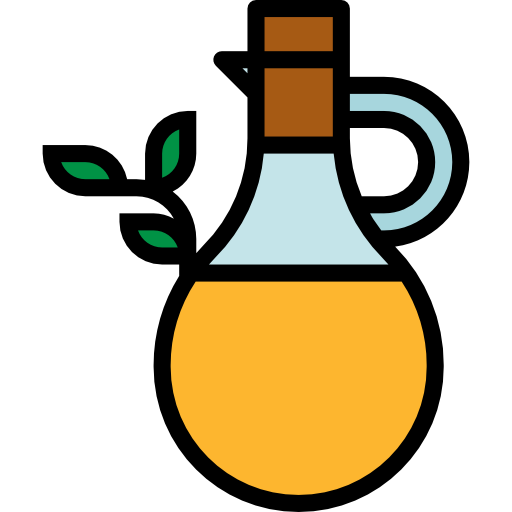

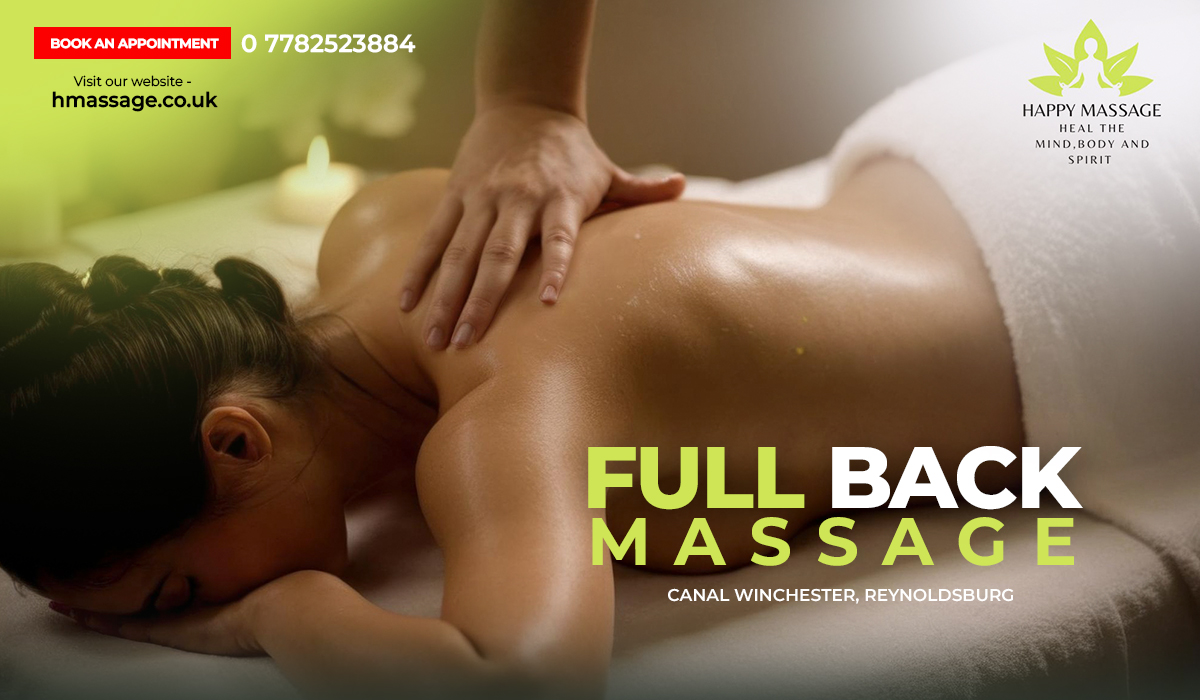
 In the realm of treatments, a full-back massage stands out as a beacon of relief and rejuvenation. It is not just a luxury; it is a necessity for those seeking solace from the daily grind that leaves muscles tense and spirits weary.
In the realm of treatments, a full-back massage stands out as a beacon of relief and rejuvenation. It is not just a luxury; it is a necessity for those seeking solace from the daily grind that leaves muscles tense and spirits weary. 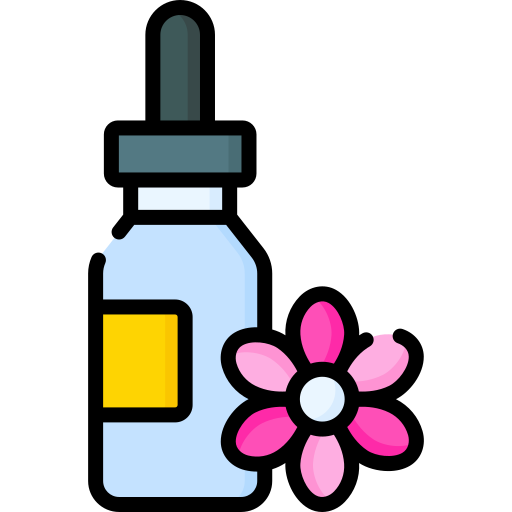 Understanding Full Back Massage :-
Understanding Full Back Massage :-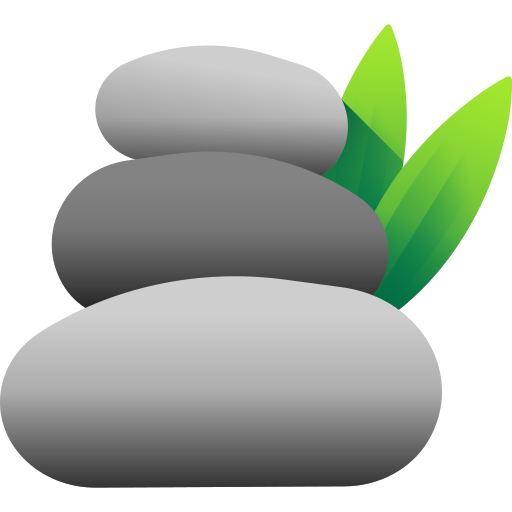
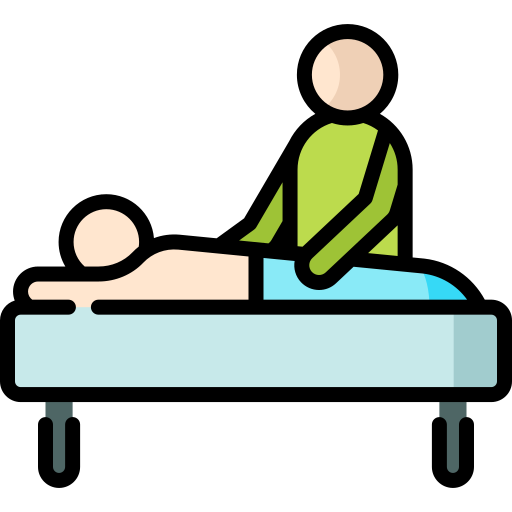
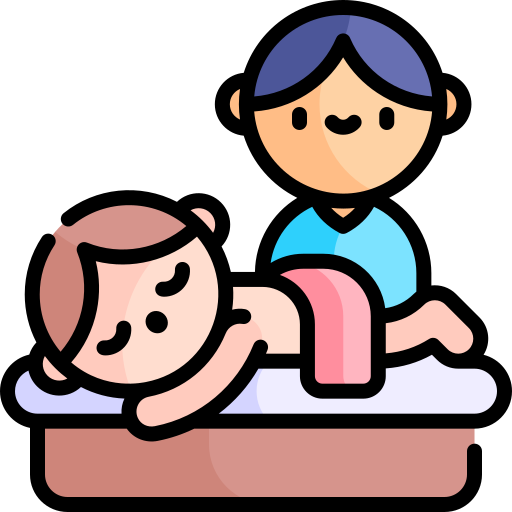 Here are some key techniques used in Swedish massage :-
Here are some key techniques used in Swedish massage :-

 [B] Deep Tissue Massage :
[B] Deep Tissue Massage :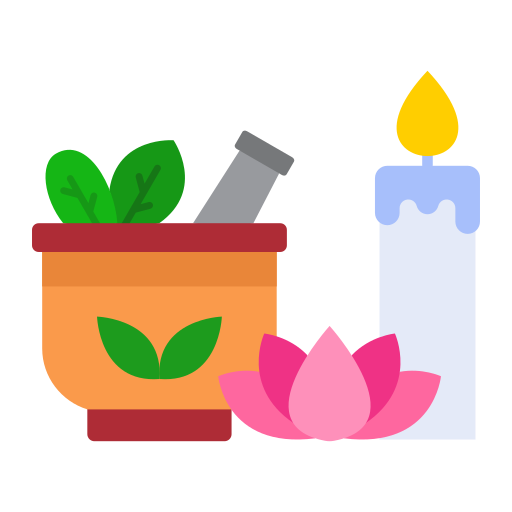
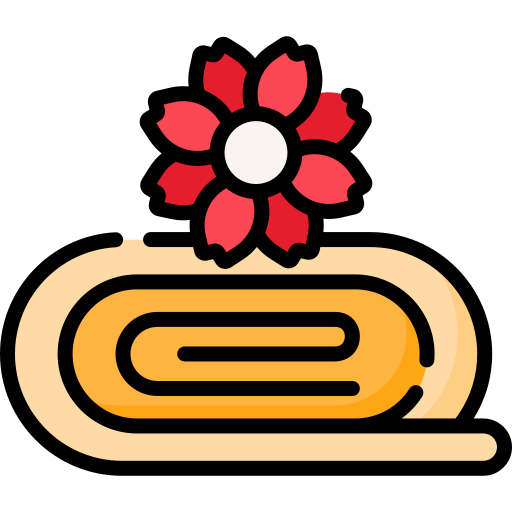
 (i) Stripping :
(i) Stripping : 
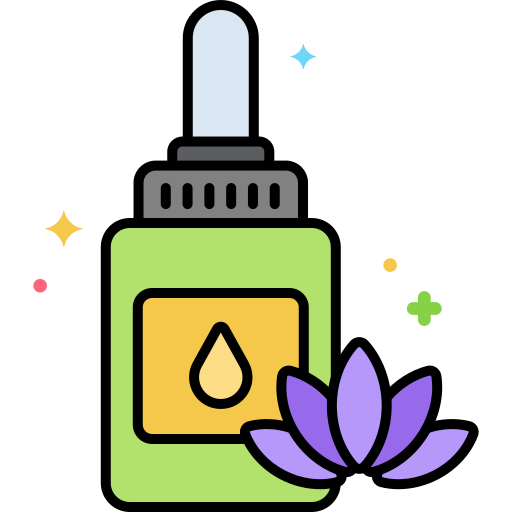 (iii) Myofascial Release :
(iii) Myofascial Release :
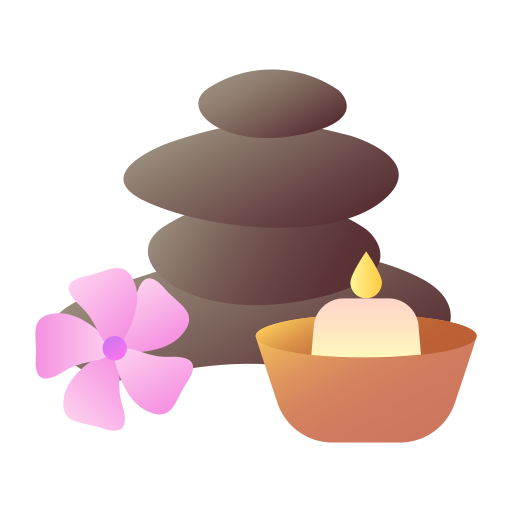
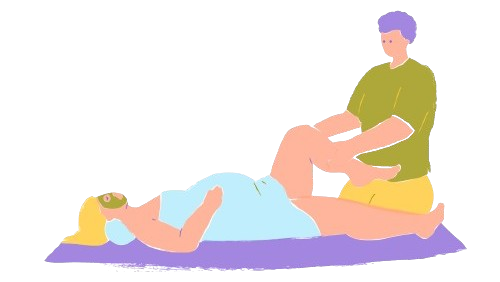



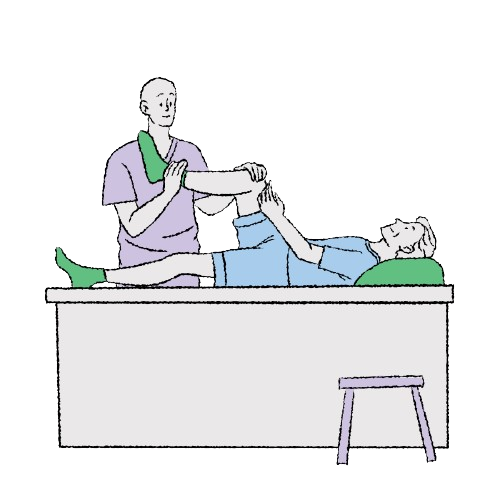 (7) Headache Relief :
(7) Headache Relief : 
 (ii) Relax : Try to arrive early to settle in and start the relaxation process before the massage begins.
(ii) Relax : Try to arrive early to settle in and start the relaxation process before the massage begins. 